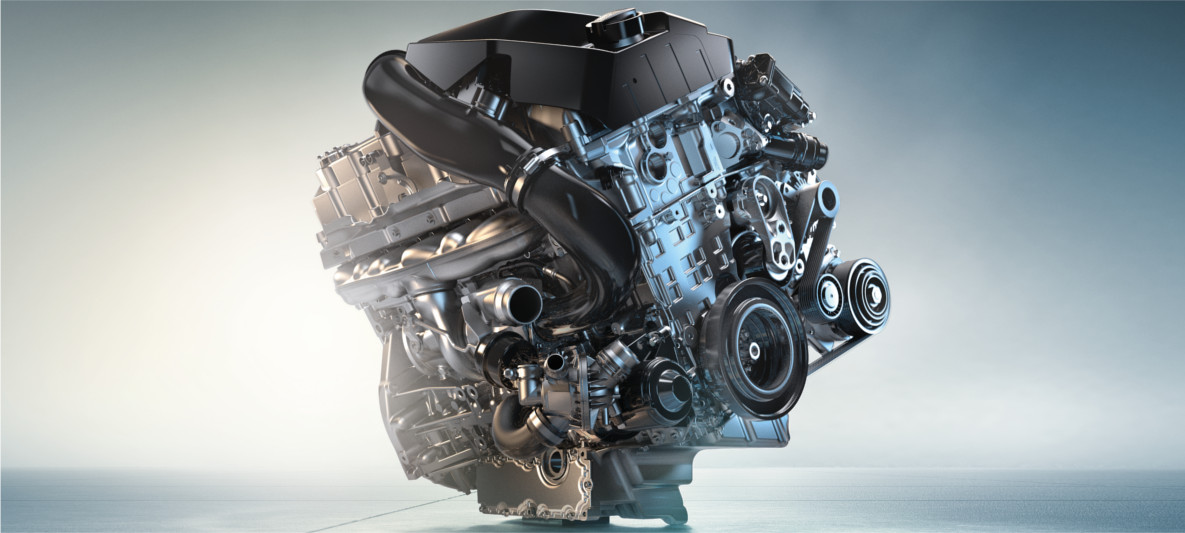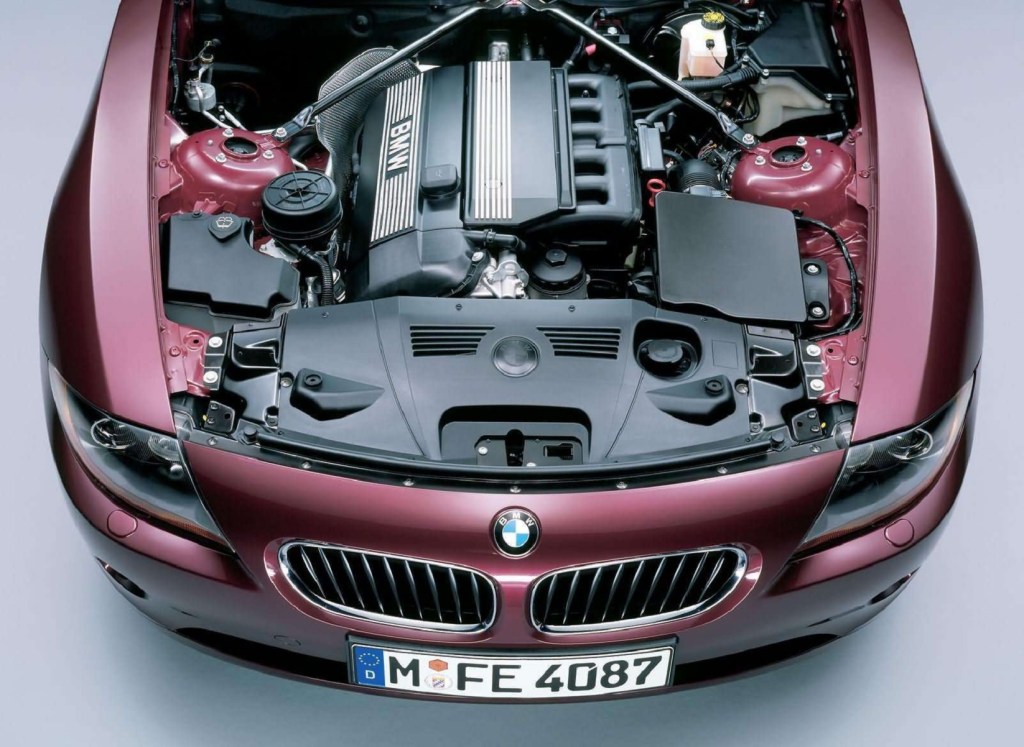A Comprehensive Guide to Comprehending BMW Engine Specifications
A Comprehensive Guide to Comprehending BMW Engine Specifications
Blog Article
Checking Out the Evolution of Burning Engines in Modern Transportation Equipments
As we navigate the landscape of modern transportation, the advancement of combustion engines stands as a testimony to human ingenuity and design expertise. From their simple starts to the advanced giants pushing vehicles today, burning engines have undertaken an exceptional journey of innovation and adjustment. Comprehending the complexities of this advancement not only clarifies the past but likewise leads the means for envisioning what exists ahead in the realm of transport innovation. The interaction of background, modern technology, and environmental problems fit the trajectory of combustion engines develops a narrative that is both engaging and informative.
Very Early Beginnings of Combustion Engines
Just how did the principle of burning engines very first arise in the early phases of transportation development? The roots of burning engines can be traced back to the 17th century when the concepts of internal combustion were very first explored. In 1673, Christian Huygens conceptualized a basic inner combustion engine that made use of gunpowder to produce power. However, it had not been until the late 19th century that useful applications of burning engines in transport began to arise.
The breakthrough minute came with the innovation of the very first effective gasoline-powered engine by Karl Benz in 1885 - bmw engine. This engine led the way for the development of the modern automobile, revolutionizing transport systems worldwide. Succeeding technologies by Nikolaus Otto and Gottlieb Daimler better improved combustion engine modern technology, causing the mass manufacturing of cars and the fast development of the transportation sector
These very early burning engines were identified by their simplicity and performance, laying the structure for the complex and effective engines made use of in modern-day transportation systems. The development of combustion engines has contributed in shaping the method we take a trip and deliver items, marking a significant landmark in the background of transport growth.
Change to Internal Combustion Modern Technology
The shift to interior combustion modern technology noted an essential shift in the advancement of transport systems. This change began in the late 19th century, with creators like Nikolaus Otto and Gottlieb Daimler developing the initial effective inner combustion engines. These engines revolutionized transport by providing a more powerful and effective alternative to steam engines and electrical motors.
One of the key advantages of internal combustion engines was their ability to be reduced to fit right into vehicles, bring about the growth of autos and motorbikes. This change from cumbersome, stationary engines to compact, mobile ones paved the way for the modern-day transport systems we see today.
The change to internal combustion innovation likewise stimulated advancements in gas technology, leading to the advancement of gasoline and diesel as key gas resources for cars. This shift not only made transportation more accessible to the masses yet additionally laid the structure for the oil and gas industry to end up being important to international economic situations.
Effect of Combustion Engines on Transport
The adoption of burning engines in transport systems militarized a profound change in the efficiency and speed of worldwide wheelchair. Combustion engines reinvented transport by supplying a flexible and trustworthy source of power for numerous vehicles, consisting of vehicles, airplanes, ships, and vehicles. This development dramatically improved the capacity for people and goods to relocate over cross countries in shorter period, leading to increased connection in between regions and countries.
Furthermore, the widespread usage of burning engines has had a substantial influence on financial advancement. The ability to deliver goods effectively has spurred trade and business, enabling companies to increase their markets and get to customers worldwide. This has assisted in financial growth and globalization, as products can now be transported quicker and in larger amounts than in the past.
Nonetheless, the ecological effect of burning engines can not be forgotten. The combustion of fossil fuels has led to air pollution and greenhouse gas exhausts, contributing to climate change and posturing wellness risks to populaces. bmw engine. Because of great post to read this, there is an expanding emphasis on creating different propulsion modern technologies to reduce these negative impacts and create a much more lasting future for transportation
Advancements in Combustion Engine Layout
Numerous innovations in combustion engine layout have driven the evolution of transport systems over the decades. One remarkable advancement is the growth of turbocharged engines, which use exhaust gases to drive a generator that presses incoming air, permitting for even more gas to be burnt, causing raised power result without a significant rise in engine size. In addition, direct injection modern technology has actually improved fuel effectiveness and efficiency by specifically controlling the amount and timing of fuel injected into the combustion chamber. Variable valve timing systems have actually additionally changed engine style by enhancing airflow at various engine speeds, boosting both power and performance. An additional substantial improvement is the combination of light-weight products such as carbon fiber and light weight aluminum alloys, minimizing total engine weight and improving automobile fuel economy. Furthermore, advancements in computer-aided style have made it possible for designers to maximize engine performance and efficiency through simulations prior to physical models are developed, saving time and resources in the advancement process. These advancements collectively contribute to the continual improvement of burning engines in modern-day transportation systems.
Future Patterns in Burning Engine Growth
With modern technology improvements driving continuous development, the future of combustion engine Get More Information growth is positioned to transform transport systems around the world. Among the essential fads in combustion engine growth is the push in the direction of higher performance and reduced discharges. Manufacturers are spending greatly in research and development to boost engine efficiency while fulfilling stringent environmental guidelines. This consists of the assimilation of advanced fuel injection systems, boosted turbocharging methods, and making use of lightweight materials to enhance fuel usage and minimize carbon discharges.
An additional prominent trend is the adoption of hybrid technologies in combustion engines. Hybrid engines incorporate conventional burning innovation with electrical power, supplying improved fuel efficiency and lower exhausts. As the automobile industry shifts in the direction of electrification, crossbreed burning engines are viewed as a transitional remedy that connects the space between traditional vehicles and fully electrical ones.
Moreover, the integration of wise technologies, such as artificial intelligence and data analytics, is anticipated to play a considerable function in the future of burning engine advancement. These modern technologies can maximize engine performance in real-time, bring about a lot more reliable burning procedures and improved general lorry efficiency. Embracing these future patterns will certainly not just drive technology in combustion engine advancement however likewise add to a much more eco pleasant and sustainable transportation community.

Verdict
To conclude, the advancement of burning engines in modern transportation systems has been marked by considerable innovations in technology and layout. From the early beginnings of burning engines to the shift to inner burning innovation, these engines have actually had an extensive influence on transportation. Innovations in combustion engine style continue to drive progress in this area, with future trends concentrating on additional boosting efficiency and minimizing emissions. The future of combustion engines in transportation looks promising as r & d efforts continue to push limits.
The roots of burning engines can be mapped back to the 17th century when the principles of internal combustion were initial checked out. These engines revolutionized transport by using a more reliable and effective alternative to steam engines and electrical motors.

Report this page